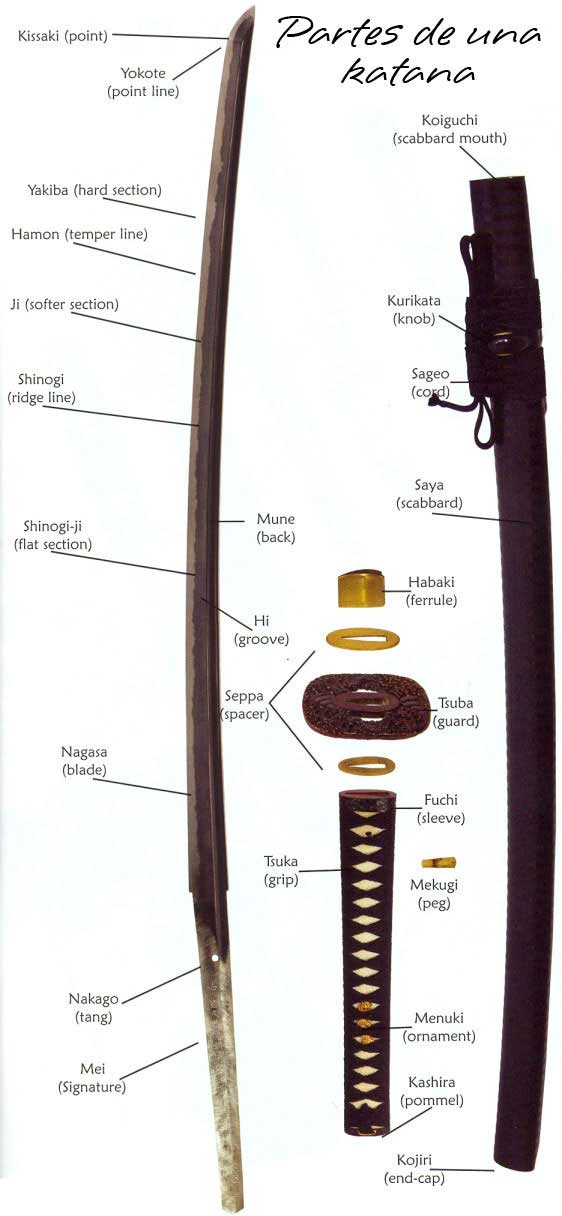What is the Hamon?
The hamon is one of the most fascinating and distinctive features of a katana's blade, the emblematic Japanese sword. This phenomenon manifests as a line that separates the hardened area of the blade, known as tane, from the softer part of the steel, known as kitae. Specifically, the hamon is located at the edge of the yakiba, which is the cutting edge of the blade. The formation of the hamon occurs during the complex process of tempering, which includes a heat treatment where the blade is heated to high temperatures and then quickly cooled in water or oil. This sudden temperature change is what generates the famous hamon line.

The pattern of the hamon is not only an aesthetic element but also reflects the blacksmith's skill and the technique employed during forging. There are various shapes and designs of hamon, among which the nie, nioi, suguha, and notare stand out, each with its particularities that can influence the blade's performance. This characteristic is the result of a careful hammering and tempering process that allows for the creation of a highly functional steel structure.
From a practical standpoint, the hardened area of the hamon is essential, as it provides the necessary strength to make precise and deep cuts, whether in combat or training practices. On the other hand, the softer part of the blade allows for a certain degree of flexibility, which is crucial to avoid fractures during use.
The maintenance of the hamon is of utmost importance to ensure the longevity and effectiveness of the katana. To preserve this feature, it is essential to regularly clean and lubricate the blade, as this prevents problems like oxidation and corrosion. It is also advisable to protect the sword from impacts and damages that could compromise its integrity and functionality.
In conclusion, the hamon is not only an impressive aesthetic trait that highlights the artisan's mastery, but it also plays a vital role in the overall performance of the katana. Understanding its nature and properly caring for it is essential for enthusiasts and collectors of these magnificent Japanese swords.
















